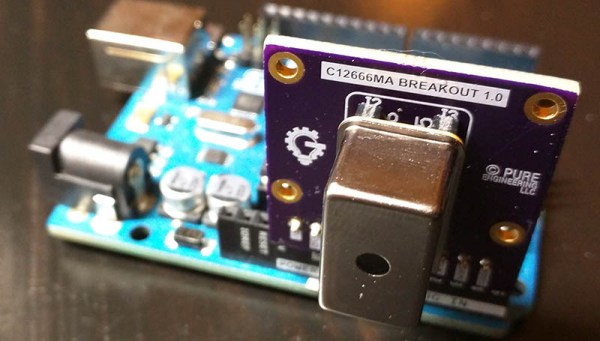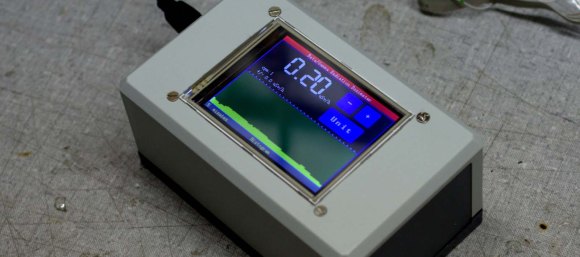We hear a lot about patent portfolios when we scan our morning dose of tech news stories. Rarely a day passes without news of yet another legal clash between shady lawyers or Silicon Valley behemoths, either settling spats between multinationals or the questionable activities of patent trolls.
These huge and well-heeled organisations hold many patents, which they gather either through their staff putting in the hard work to make the inventions, or by acquisition of patents from other inventors. It is not often that a large quantity of patents are amassed by any other means, for example by an individual.
There is one prolific individual inventor and holder of many patents though. He achieved notoriety not through his inventions being successful, but through their seeming impracticability while conforming to the rules of the patent system. His name was [Arthur Paul Pedrick], and he was a retired British patent examiner who filed a vast number of eccentric patents from the early 1960s until his death in the mid 1970s, all of which stretched the boundaries of practicality.
His subject matter was varied, but included a significant number of transport inventions as well as innovations in the field of energy and nuclear physics. We wish there was room to feature them all on these pages, but sadly they are so numerous that it is difficult even to pick the selection we can show you. So sit down, and enjoy the weird and wonderful world of [Pedrick] innovations.



















